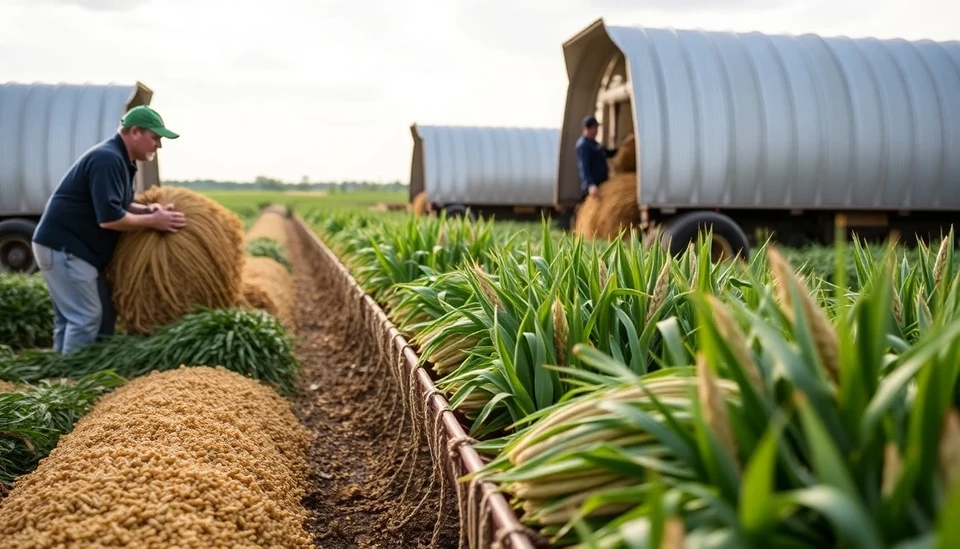
The ongoing trade war has put a shadow over U.S. agriculture, with reports revealing that up to 12 million tons of American crop sales are now hanging in the balance. This alarming development has stirred concerns among farmers, agricultural economists, and policymakers, who are scrambling to address the potential impacts on the farming industry.
As tariffs imposed by foreign nations continue to affect the agricultural export landscape, the U.S. farmers are witnessing a significant drop in demand for their products. Crops such as soybeans and corn have been particularly hard hit as global markets grapple with the ramifications of escalating trade tensions. The situation has led many in the agricultural sector to face uncertainty regarding their livelihood and operational sustainability.
Data suggests that while U.S. agriculture had previously enjoyed steady growth in international markets, the recent sanctions and tariffs have resulted in a significant loss of revenue. Farmers who had depended on overseas markets are now finding themselves surrounded by an increasingly hostile trade environment, which could lead to further economic ramifications, including possible bankruptcies and layoffs.
Analysts have indicated that unless a resolution is reached soon, the long-term consequences could reshape the agricultural landscape in the United States. With reduced sales threatening the financial viability of many farming operations, the ability of American agriculture to compete globally is now in jeopardy.
In light of these developments, industry leaders are calling for a more proactive approach from the government to safeguard agricultural interests. There is growing pressure to negotiate new trade agreements that could alleviate the strain on U.S. farmers and restore access to critical markets abroad.
As farmers brace for the upcoming planting season, many are left wondering how to adapt to the changing landscape. Crop diversification, shifting to more resilient products, and exploring new markets are among the harsh realities that producers must consider to mitigate risks stemming from these trade disputes.
As we look towards the future, the question remains: what steps will be taken to protect the backbone of the U.S. economy? The outcome of this trade war will undoubtedly shape not only the agricultural sector but also the many communities that thrive on its success.
As the situation unfolds, stakeholders from all corners of the agricultural industry are keeping a close eye on negotiations and remaining hopeful for a resolution that prioritizes the well-being of farmers and the health of the U.S. economy.
#TradeWar #Agriculture #USFarmers #CropSales #EconomicImpact #Tariffs #Soybeans #Corn #GlobalMarket #AgriculturalPolicy #FarmersRights
Author: Laura Mitchell




